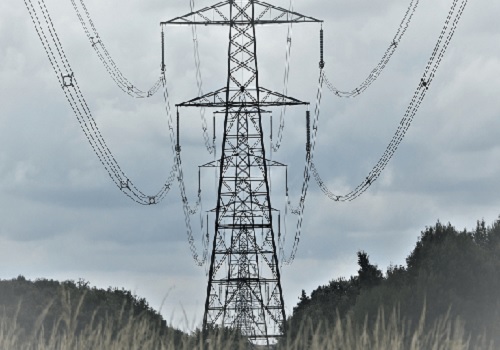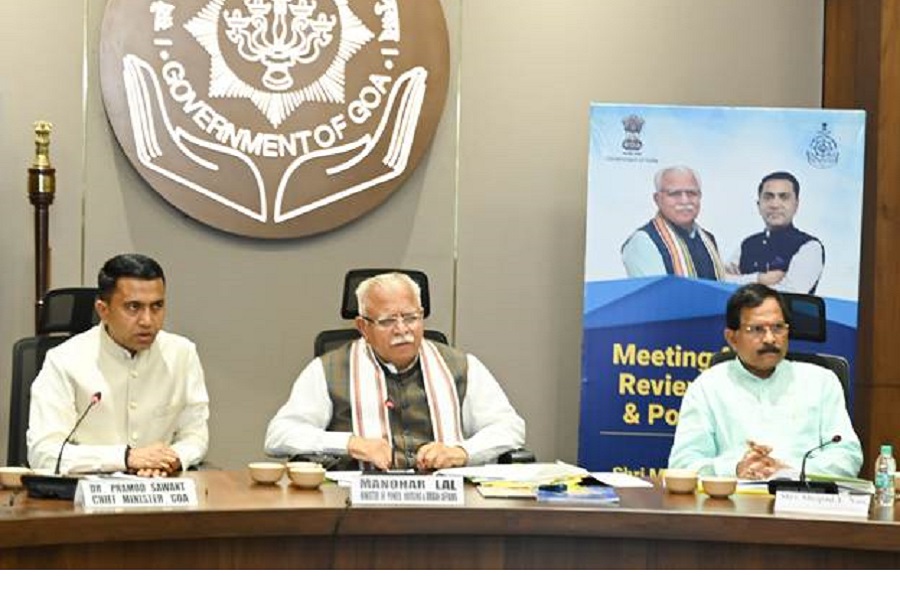MNRE expands ALMM Framework to include solar PV cells

Set to take effect from June 1, 2026, Ministry of New and Renewable Energy (MNRE) has unveiled a significant amendment to the Approved Models and Manufacturers of Solar Photovoltaic Modules (ALMM) Order, 2019 which will have far-reaching implications for India’s solar power sector and its clean energy transition. This amendment introduces the long-awaited List-II for solar PV cells under the ALMM framework, marking a major step towards boosting domestic manufacturing and fostering self-reliance in India’s renewable energy industry. The introduction of List-II is a response to the country’s rapidly growing solar manufacturing capabilities. Until now, the absence of List-II was due to a limited domestic supply of solar cells. However, with substantial growth in India’s solar cell production capacity anticipated over the next year, this amendment is poised to change the dynamics of the industry.
From June 1, 2026, all solar PV modules used in projects - including government-backed schemes, net-metering projects, and open access renewable energy initiatives - will be required to source their solar cells from ALMM List-II, ensuring quality and reliability in solar PV cells used in India’s energy infrastructure. For projects that have already been bid out but whose last date of bid submission is before the issuance of this order, an exemption will apply, allowing them to proceed without the requirement to use solar PV cells from List-II, even if their commissioning date is post June 1, 2026. However, for all future bids, the requirement to source both solar PV modules and cells from the respective ALMM lists will be mandatory, marking a decisive shift towards quality assurance and sustainability in India’s solar power sector.
This policy enhancement is expected to have profound economic and environmental benefits. By mandating the use of solar PV cells which will be included in the ALMM List-II following a rigorous procedure to verify the quality and reliability, the government aims to foster a robust domestic solar PV supply chain, reduce the carbon footprint associated with solar module imports, and bolster India’s energy security. This move aligns with India’s broader goal of achieving 500 GW of non-fossil fuel-based power capacity by 2030 and making substantial strides in its commitment to clean energy. The amendment will not only strengthen India’s position as a global leader in renewable energy but will also accelerate the growth of India’s solar manufacturing sector.






















